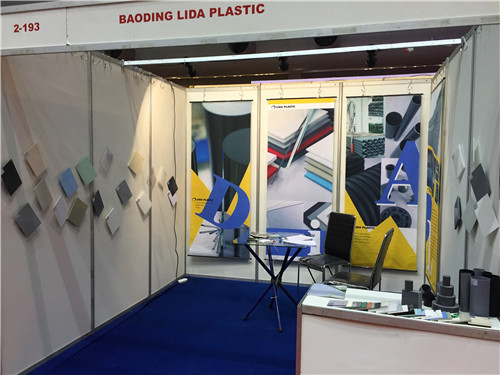Jul . 21, 2024 01:34 Back to list
Durable and Versatile 2-Inch HDPE Pipe for Reliable Water Distribution and Waste Management Solutions
Exploring the Benefits of 2-inch HDPE Pipe
High-Density Polyethylene (HDPE) pipes have transformed the landscape of modern piping systems across various applications, including agriculture, construction, and municipal projects. Among the different sizes available, the 2-inch HDPE pipe stands out for its versatility and efficiency. In this article, we will dive into the features, benefits, and applications of the 2-inch HDPE pipe, highlighting why it is a smart choice for many projects.
What is HDPE?
High-Density Polyethylene (HDPE) is a type of plastic that is known for its high strength-to-density ratio. It is commonly used for piping solutions due to its exceptional durability, flexibility, and resistance to corrosion and chemicals. HDPE pipes are produced through a process that involves polymerizing ethylene, which results in a lightweight and robust material.
Key Features of 2-Inch HDPE Pipe
The 2-inch HDPE pipe is primarily known for its diameter, which makes it suitable for various applications, from irrigation systems to water supply lines. It typically has a smooth interior surface, which minimizes friction loss and maximizes flow efficiency. Additionally, HDPE pipes can withstand extreme temperatures, making them ideal for both hot and cold water applications.
Moreover, the flexibility of HDPE allows for easy installation, especially in areas with challenging terrains. The lightweight nature of HDPE pipe makes it easier to handle and transport compared to traditional materials like steel or concrete. This results in reduced labor costs and quicker project completion times.
Benefits of Using 2-Inch HDPE Pipe
1. Durability and Longevity One of the standout features of HDPE pipes is their resistance to UV radiation, chemicals, and other environmental factors. This makes them less prone to leaks and breaks, ensuring a longer lifespan compared to other types of piping materials.
2. Cost-Effective While the initial investment for HDPE piping may be slightly higher than lower-quality alternatives, the long-term savings are significant. HDPE requires minimal maintenance and has lower replacement costs over time, enhancing its overall cost-effectiveness.
2 inch hdpe pipe

3. Eco-Friendly HDPE is a recyclable material, which contributes to sustainability efforts. By choosing 2-inch HDPE pipes, users are opting for an environmentally friendly solution that preserves natural resources and reduces waste.
4. Versatility The 2-inch size makes it an excellent choice for various applications, including irrigation, potable water distribution, sewage systems, and more. It can also be easily adapted for different system requirements, thanks to its compatibility with various fittings and accessories.
5. Resistance to Corrosion and Scale Unlike metal pipes, HDPE does not corrode or develop scale over time, which can lead to blockages and reduced flow rates. This quality ensures smooth and efficient operation for extended periods.
6. Ease of Installation The lightweight nature of HDPE pipes reduces the need for heavy machinery, facilitating quicker and more cost-effective installations. They can be joined together using heat fusion or mechanical fittings, allowing for flexibility and efficiency in design.
Applications of 2-Inch HDPE Pipe
The 2-inch HDPE pipe serves a multitude of sectors, including
- Agriculture Used for irrigation systems, delivering water efficiently to crops. - Municipal Projects Ideal for water supply lines, wastewater management, and stormwater drainage. - Industrial Utilized in various manufacturing processes where chemical resistance is crucial.
Conclusion
The 2-inch HDPE pipe is a superior choice for various applications, combining strength, longevity, and cost-effectiveness. Its versatility and eco-friendliness set it apart from traditional piping materials, making it a go-to solution for modern engineering challenges. As industries and municipalities continue to look for sustainable and efficient piping options, the 2-inch HDPE pipe is likely to play a pivotal role in future infrastructure development initiatives.
-
PVC Grey Sheet for Extraction: Chemical Resistant & Durable
NewsAug.19,2025
-
Durable PVC Pipe Fittings for Plumbing & Irrigation Needs
NewsAug.18,2025
-
HDPE Steel Belt Reinforced Spiral Corrugated Pipe | High Strength
NewsAug.17,2025
-
HDPE Pipe Fittings: Durable, Leak-Proof Solutions
NewsAug.16,2025
-
Premium CPVC Sheet: High-Temp & Chemical Resistant Solutions
NewsAug.15,2025
-
Durable PPR Pipe for Hot & Cold Water Systems - Easy Install
NewsAug.14,2025

